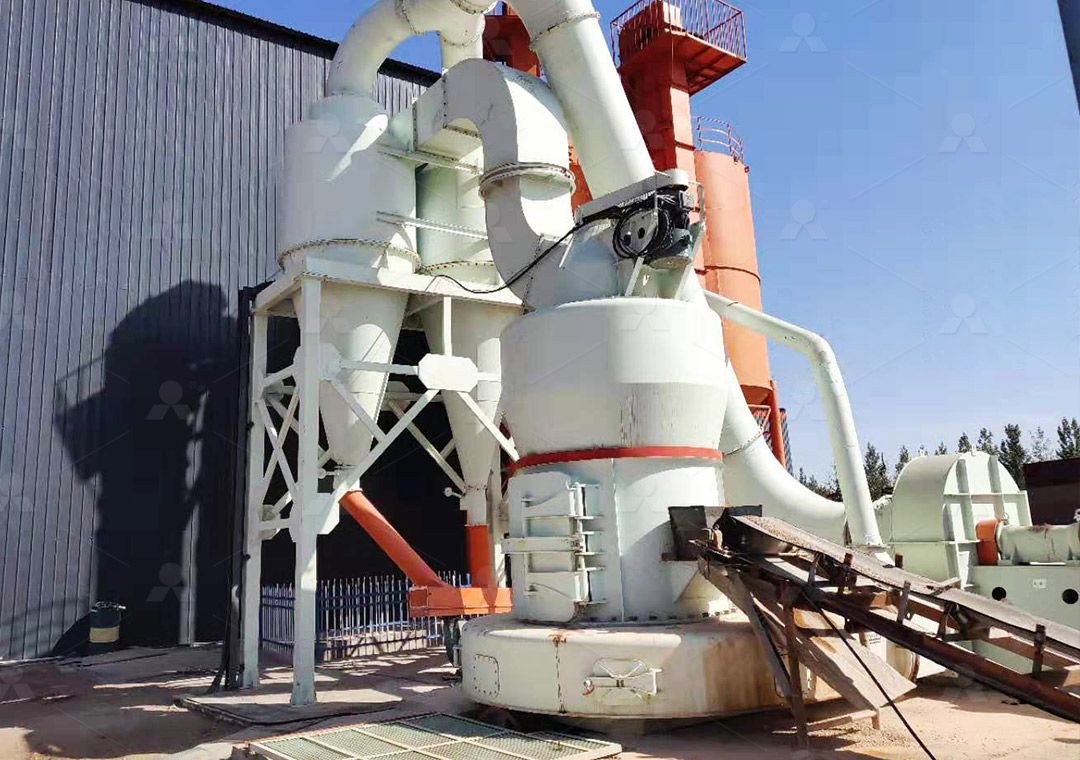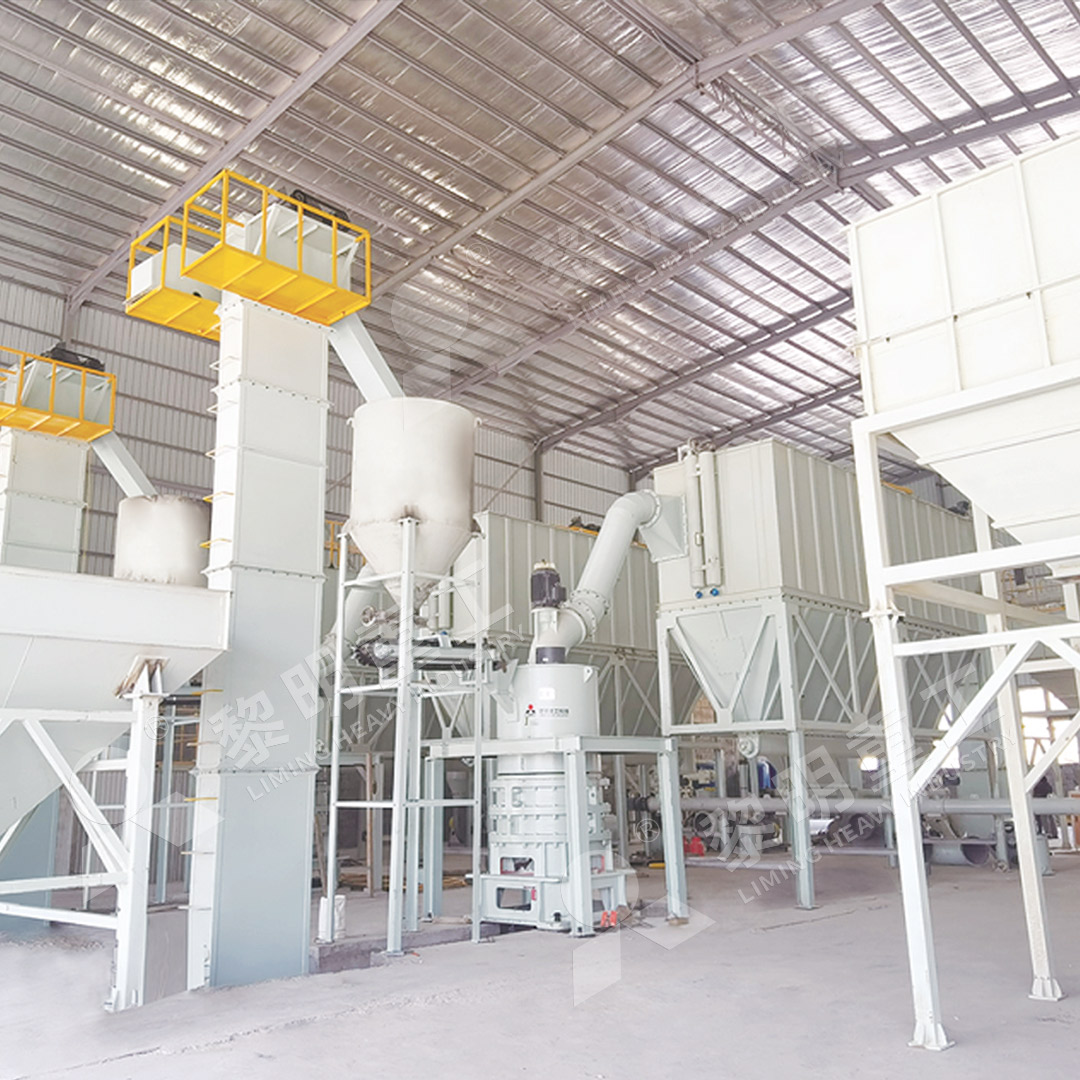Which Limestone Mill is Best for a 220 MW Power Plant’s Desulfurization System?
We provide a wide range of mills — including Raymond mill, trapezoidal mill, vertical mill, ultrafine mill, and ball mill, obtained ISO9001 international quality certification, EU CE certification, and Customs Union CU-TR certification. Suitable for processing minerals such as limestone, phosphate, quicklime, kaolin, talc, barite, bentonite, calcium carbonate, dolomite, coal, gypsum, clay, carbon black, slag, cement raw materials, cement clinker, and more.
The discharge range of these mills can be adjusted to meet specific processing needs, typically from 80-400 mesh, 600-3250 mesh, and can achieve the finest particle size of up to 6000 mesh(D50).
If you are looking for a reliable grinding solution to turn stone or minerals into fine powder, please feel free to contact our online customer service.
Which Limestone Mill is Best for a 220 MW Power Plant’s Desulfurization System?
Selecting the optimal limestone grinding mill is a critical decision for the efficiency and reliability of a Flue Gas Desulfurization (FGD) system in a 220 MW power plant. The mill must consistently produce a high-purity, finely ground limestone powder with specific particle size distribution to ensure maximum sulfur dioxide (SO₂) removal efficiency. The choice impacts not only the environmental performance but also the plant’s operating costs and maintenance schedules.
Key Considerations for FGD Limestone Grinding
For a large-scale power plant, the grinding system must handle a significant and continuous throughput. Key performance indicators include production capacity, energy consumption, product fineness (typically requiring a d90 of 44 microns or finer), system availability, and environmental compliance regarding noise and dust emissions. The mill must be robust enough for 24/7 operation with minimal unplanned downtime.

Evaluating Mill Technologies for Power Plant Applications
Several grinding technologies are commonly considered. Traditional ball mills, while reliable, are often less energy-efficient. Raymond mills are a proven technology but may have limitations on fineness and capacity for larger plants. Vertical roller mills have become a popular choice due to their integrated drying and grinding capabilities, which are advantageous if the limestone feedstock has any moisture.
For power plants seeking the highest efficiency and finest product quality for superior reagent reactivity, advanced ultrafine grinding solutions offer a significant advantage. In this context, our MW Ultrafine Grinding Mill presents a compelling option. Designed for customers requiring ultra-fine powder, it is engineered for high performance in demanding applications like FGD. With an input size of 0-20 mm and a capacity range of 0.5-25 tph, it is well-suited for the throughput requirements of a 220 MW facility.
Spotlight on the MW Ultrafine Grinding Mill
The MW Mill delivers higher yield with lower energy consumption. Its newly designed grinding curves enhance efficiency, offering production capacity 40% higher than jet mills and twice that of ball mills, while system energy consumption is only 30% of a jet mill. This directly translates to lower operating costs. A critical feature for FGD is its adjustable fineness between 325-2500 meshes, ensured by a German-technology cage-type powder selector, allowing precise control over the final product’s particle size for optimal SO₂ absorption.

Operational reliability is paramount. The MW Mill’s design eliminates rolling bearings and screws inside the grinding chamber, mitigating common failure points and preventing machine damage from loose components. External lubrication allows for maintenance without shutdowns, supporting continuous 24-hour operation. Furthermore, an integrated efficient pulse dust collector and muffler ensure the entire milling process meets stringent environmental standards, with no dust pollution and reduced noise levels.
A Robust Alternative: The LM Vertical Grinding Mill
For plants prioritizing high capacity and proven integration, the LM Vertical Grinding Mill is another excellent solution from our portfolio. It integrates crushing, drying, grinding, classifying, and conveying into a single unit, reducing the overall footprint by 50% compared to a ball mill system. With a wide input size (0-70 mm) and a high capacity range of 3-340 tph, it can easily handle the demands of a 220 MW plant. Its energy consumption is 30%-40% lower, and its short material lingering time reduces repeated grinding, ensuring a consistent product with low iron content. The fully automated, sealed system operates under negative pressure, guaranteeing a clean and dust-free environment.

Conclusion
The best limestone mill for a 220 MW power plant balances high efficiency, reliability, and low total cost of ownership. While traditional mills remain viable, advanced technologies like the MW Ultrafine Grinding Mill offer superior fineness control and energy savings, directly enhancing FGD performance. The LM Vertical Grinding Mill stands out for its high-capacity, integrated design. The final selection should be based on a detailed analysis of the specific limestone characteristics and the plant’s operational priorities.
Frequently Asked Questions (FAQ)
What is the typical required fineness of limestone powder for FGD systems?
Most wet FGD systems require a limestone powder fineness of 90% passing 44 microns (325 mesh). Some advanced systems may specify even finer grinding. Both the MW and LM mills can reliably achieve and adjust to these specifications.
How does the energy consumption of the MW Mill compare to a ball mill?
The MW Ultrafine Grinding Mill is significantly more energy-efficient. Our data indicates its energy consumption is approximately 30% of a jet mill and offers twice the output of a ball mill with comparable power, leading to substantial operational cost savings.
Can these mills handle variations in limestone hardness and moisture?
Yes. The LM Vertical Grinding Mill is particularly adept at handling moist materials due to its integrated drying function. The MW Mill is designed for consistent performance with various non-metallic minerals, including limestone of different hardness levels. Both are robust designs capable of stable operation under variable feed conditions.
What kind of maintenance schedule do these mills require?
Both mills are designed for minimal maintenance. The MW Mill’s external lubrication and lack of internal bearings simplify upkeep. The LM Mill features a reversible structure that allows easy access to grinding rollers for inspection and part replacement, minimizing downtime. Both are supported by a sufficient supply of original spare parts.
